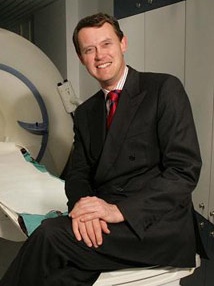BibTex format
@article{Lindsay:2016:10.1161/CIRCINTERVENTIONS.115.003486,
author = {Lindsay, AC and Harron, K and Jabbour, RJ and Kanyal, R and Snow, TM and Sawhney, P and Alpendurada, F and Roughton, M and Pennell, DJ and Duncan, A and Di, Mario C and Davies, SW and Mohiaddin, RH and Moat, NE},
doi = {10.1161/CIRCINTERVENTIONS.115.003486},
journal = {Circulation: Cardiovascular Interventions},
title = {Prevalence and Prognostic Significance of Right Ventricular Systolic Dysfunction in Patients Undergoing Transcatheter Aortic Valve Implantation.},
url = {http://dx.doi.org/10.1161/CIRCINTERVENTIONS.115.003486},
volume = {9},
year = {2016}
}

